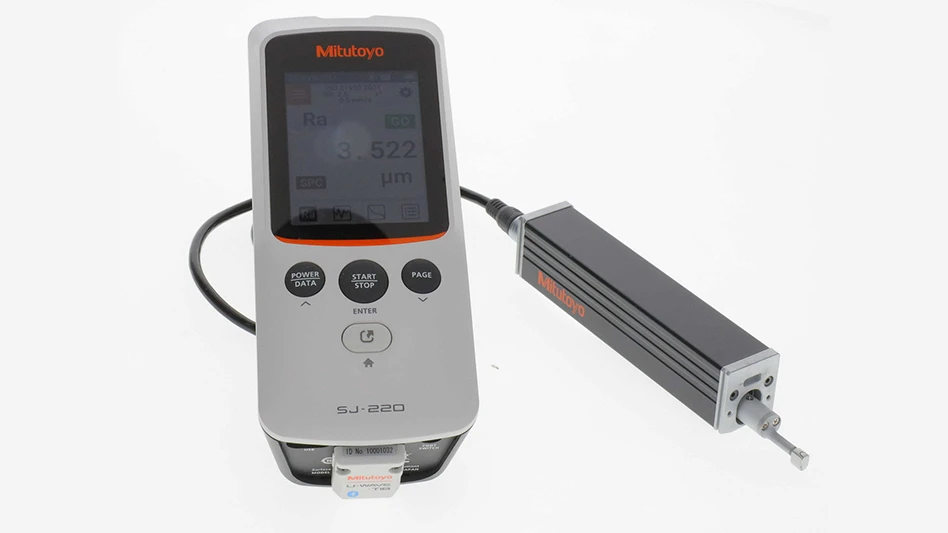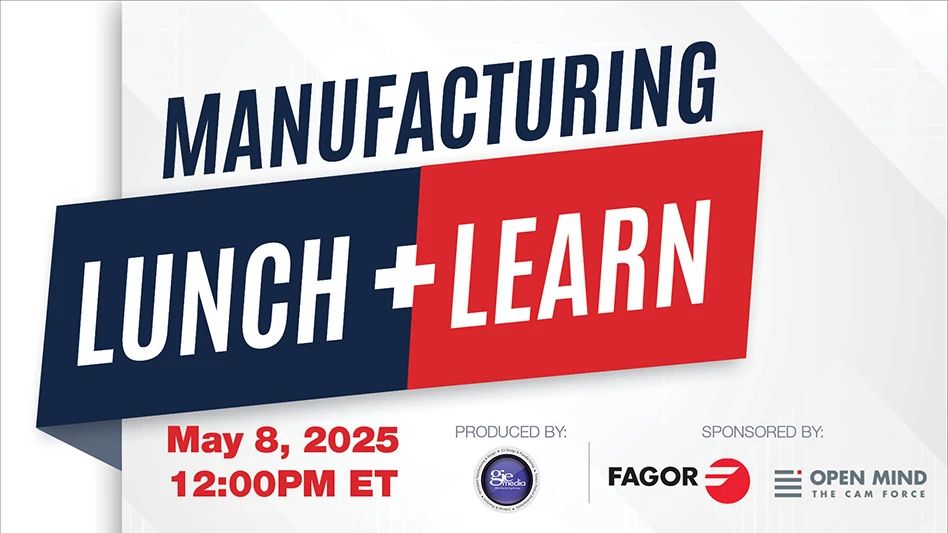
Today's rapidly evolving industrial climate demands machines that are compact, inexpensive and easy-to-use. The system integrator is challenged to provide the marketplace with machines that meet these criteria quickly. By implementing an integrated motion control solution, system integrators and OEMs can deliver more reliable machines that are smaller, more affordable and less complex. This can be accomplished with the added benefit of reducing their time to market.
This challenge is greatly impacted by the components available to design into the machine. In the motion control industry this means components such as stand-alone indexers; PC-based motion controllers or PLCs; stepping or servo motor drives; motors; accessories such as encoders, resolvers, limit and home switches, proximity sensors, light curtains and cable harnesses; as well as all the associated mounting hardware.
Machine Size
Space is money – the smaller the machine the greater the utilization of available space on a factory floor or laboratory bench.
Another consideration is the cost and complexity of transporting the machine to the enduser. Larger machines may require a field service representative to be on-site to perform or oversee the assembly, setup, programming and startup of the machine. The larger and more complex a machine, the greater chance of problems requiring time to troubleshoot and repair by field service staff during the initial setup.
Machine Cost
There are three basic factors impacting the cost to design and manufacture a machine:
- Cost of components: The greater number of components that are designed into a machine impact the cost of the machine. A large number of components also means a large inventory of repair/replacement parts.
- Cost of labor: A large number of components in a system require expensive skilled labor in mounting components and cable harnessing.
- Time-to-market: The time-tomarket and development cost factor has two facets. First is the design cycle. A significant portion of time spent engineering a machine is spent in specifying components and validating that these components, often from different manufacturers, will inter-operate seamlessly. Second is the manufacture cycle. The time it takes from the moment the machine enters the assembly process to the time it rolls off the factory floor is an important cost factor in the manufacture of the machine.
Machine Complexity
Greater complexity in a machine brings its own set of problems.
- Longer design cycle: More time and money is spent researching and purchasing components, debugging compatibility issues between components, and electrical noise in wire harnessing systems.
- Complexity: The more complex a machine, the greater the number of potential failure points in the system – decreasing the overall reliability of the system and increasing the potential for a greater amount of post-sales support and field service calls.
- Manufacturability: The more complex a machine, the more difficult and time-consuming it is to manufacture.
The advantages of implementing an integrated motion control solution into machine design saves the system integrators and OEMs cabinet space, money and time through the use of a single standard motion system component instead of separate system components.
The Solution
By implementing an integrated motion control solution the system integrator is able to reduce the size, cost and complexity of a machine by replacing several components with a single integrated component. A standard motion system consists of:
- Controller or PLC
- Power supplies for the drive and control electronics
- Driver
- Motor
- Cable harnessing
- Accessories such as encoders, limit and home switches, proximity sensors, etc.
Reduce Machine Size
Integrated motion control solutions for machine design are able to significantly reduce the amount of space required for a machine by consolidating components, eliminating cabling and possibly an entire enclosure (in a component based motion control system, the control electronics and drivers are often contained in separate electronics enclosures).
Integration can bring all of these separate components into one single piece, reducing the required panel space significantly. In the case of multi-axis systems, this can lead to a substantial reduction in the real estate required for the end product.
Smaller machines are also easier to deliver to the final destination. Instead of field service representatives onsite for the setup and programming of the machine, it may be possible to preprogram and ship the machine, with setup performed prior to shipping or by the enduser.
Reduce Machine Cost
- Cost of Components: In some cases, an integrated solution may be less expensive than even a single piece in a multi-component solution. In repair parts replacement, as well as assembly stock, instead of storing multiple components in inventory, only one is required. For an OEM that's building and supporting hundreds of machines annually, this cost savings can be significant.
- Cost of Labor: In the multicomponent solution, each component must be mounted into an enclosure, with wire and cabling run between the various components. With the motor, drive and control electronics (and in cases the motor power supply) in a single package in the integrated solution, the control electronics are very near the axis load. This means much shorter cable runs between accessories such as encoders, limit and home switches and the control cabinet. By implementing an integrated solution, the assembly labor can be reduced to mounting and interfacing a single component.
- Time-to-Market: Integrated motion solutions can reduce the time-to-market in two areas: the design cycle and the manufacture time. The design cycle is reduced in two ways. With an integrated motion solution, only one component needs to be specified and integrated into the system. Additionally, reduced cabling limits electrical noise issues with prototype machines. The time to manufacture is also reduced because, as previously noted, much less assembly is required.
Reduce Machine Complexity
By using an integrated solution, engineering staff can spend more time developing machines, and less time solving compatibility issues between various system components. With an integrated motion solution, the integrated components have already been designed and sized for function as a complete unit.
By reducing the number of components in a system, and the number of wire connections, the overall reliability of the machine is increased. This equates to fewer service calls, which also means less potential downtime for the customer.
Integrated motion control solutions can be implemented into machine designs to reduce the size, cost and complexity of a machine. Industry demand for smaller, less expensive and more flexible machines is only going to increase. Integrated motion control is a solution that is transforming machine design practices.

Explore the July 2008 Issue
Check out more from this issue and find your next story to read.
Latest from Today's Medical Developments
- Aerospace Industry Outlook - Spring 2025, presented by Richard Aboulafia
- World’s smallest pacemaker is activated by light
- FANUC America’s ready-to-deploy cobot web tool
- #42 Lunch + Learn Podcast - Quell Corp
- Siemens accelerates path toward AI-driven industries through innovation and partnerships
- REGO-FIX’s ForceMaster and powRgrip product lines
- Roundup of some news hires around the manufacturing industry
- Mazak’s INTEGREX j-Series NEO Machines





